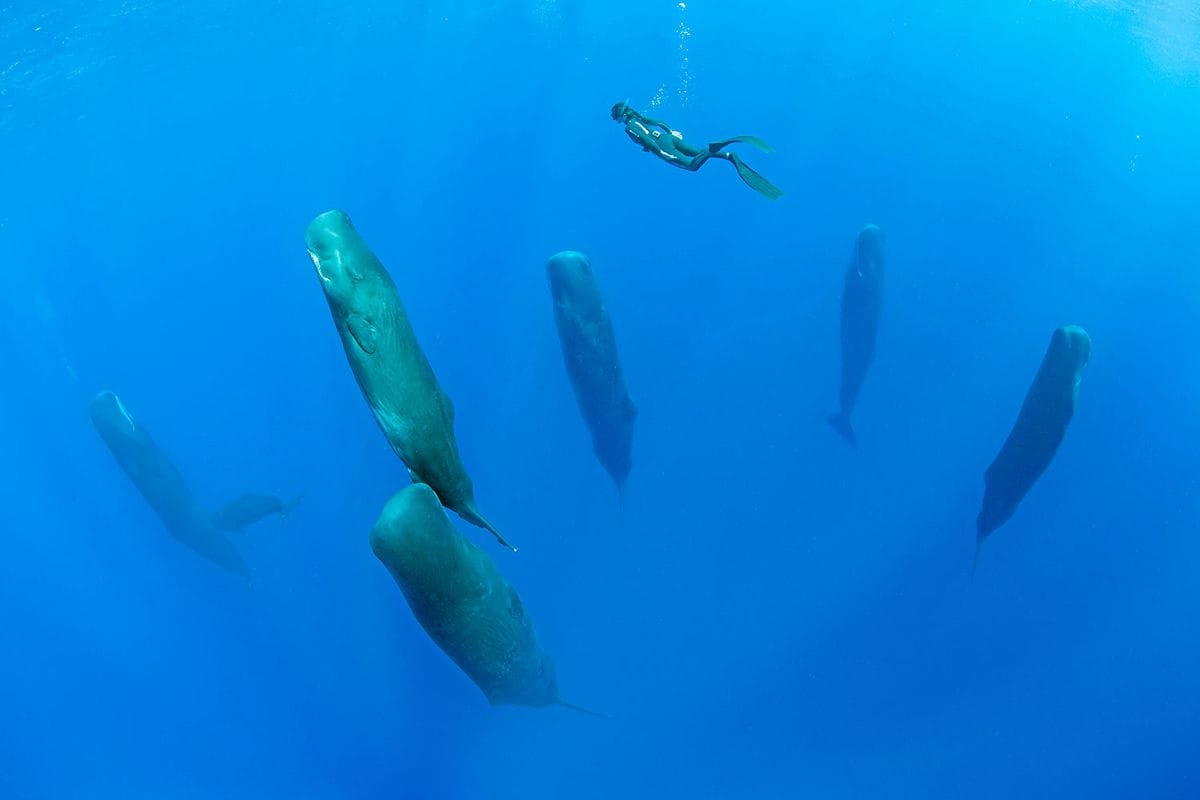Decoding Whale “Sneezes”: A Blubbery Mystery
We all know how whales breathe air—it’s kind of their thing. But living in the ocean presents a bit of a soggy challenge. That’s where the intriguing phenomenon of whale “sneezing” comes in. It’s not exactly sneezing like when you have a cold, but it’s a powerful expulsion of air and mucus from their blowholes, creating an impressive spray that can reach incredible heights.
This forceful blast is crucial for whales, helping them clear their airways of seawater, food particles, and even tiny marine critters. Think of it as a way more impressive version of clearing your throat. Scientists are captivated by these whale “sneezes,” using high-tech gadgets like drones and underwater microphones to study them. They even analyze whale snot (eww, indeed!) to learn about their health and diet.
Why Do Whales “Sneeze”?
The reasons behind these blubbery explosions are still being unraveled, but here are a few leading theories:
- Respiratory Hygiene: The most likely reason for these forceful expulsions is to clear their airways of irritants and debris, similar to coughing in land mammals.
- Communication is Key: Some scientists believe that “sneezes” might play a role in whale communication. Imagine a loud, prolonged blow—it could be a way of signaling their presence or even conveying different messages.
- Dominance Displays: Could these expulsions be a form of underwater posturing, like a whale version of a chest thump? Further research is needed to understand if there’s a link between “sneezes” and social dynamics.
Do Whales Cough or Sneeze?
While whales don’t experience involuntary sneezes like humans, they might exhibit something akin to a cough. Some experts suggest that certain short, sharp sounds whales make could be their way of responding to airway irritations. However, this is still an area of active research.
Why Do Whales Make Weird Noises?
Whales use sound as their primary sense, allowing them to “see” in the dark depths of the ocean. Their diverse vocalizations—clicks, whistles, pulsed calls, and even hauntingly beautiful songs—serve a variety of purposes, from navigation and communication to finding food and attracting mates.
- Echolocation: Toothed whales, like sperm whales, emit clicks that bounce back from objects, allowing them to map their surroundings.
- Social Calls: Dolphins use whistles for communication, while humpback whales are renowned for their elaborate songs, thought to be crucial for finding a mate.
However, human-generated noise pollution poses a serious threat to these underwater conversations, disrupting their communication, navigation, and even causing them stress. Understanding and mitigating our impact on their acoustic world is crucial for the well-being of these magnificent creatures.
Don’t Miss Out!
- Have you heard of the wilbur soot controversy that took the internet by storm? Don’t miss out on the latest details!
- If you’re a fan of Spanish culture, you won’t want to miss our page dedicated to wildness in Spanish, where you’ll find fascinating insights and vocabulary.
- What Attracts Roaches: A Comprehensive Guide to Prevention - November 23, 2024
- Untangling the Tether: Why Fencers Are Wired for Action - November 23, 2024
- Theodosia Burr Alston: The Enigmatic Life and Mysterious Disappearance of Aaron Burr’s Daughter - November 23, 2024















